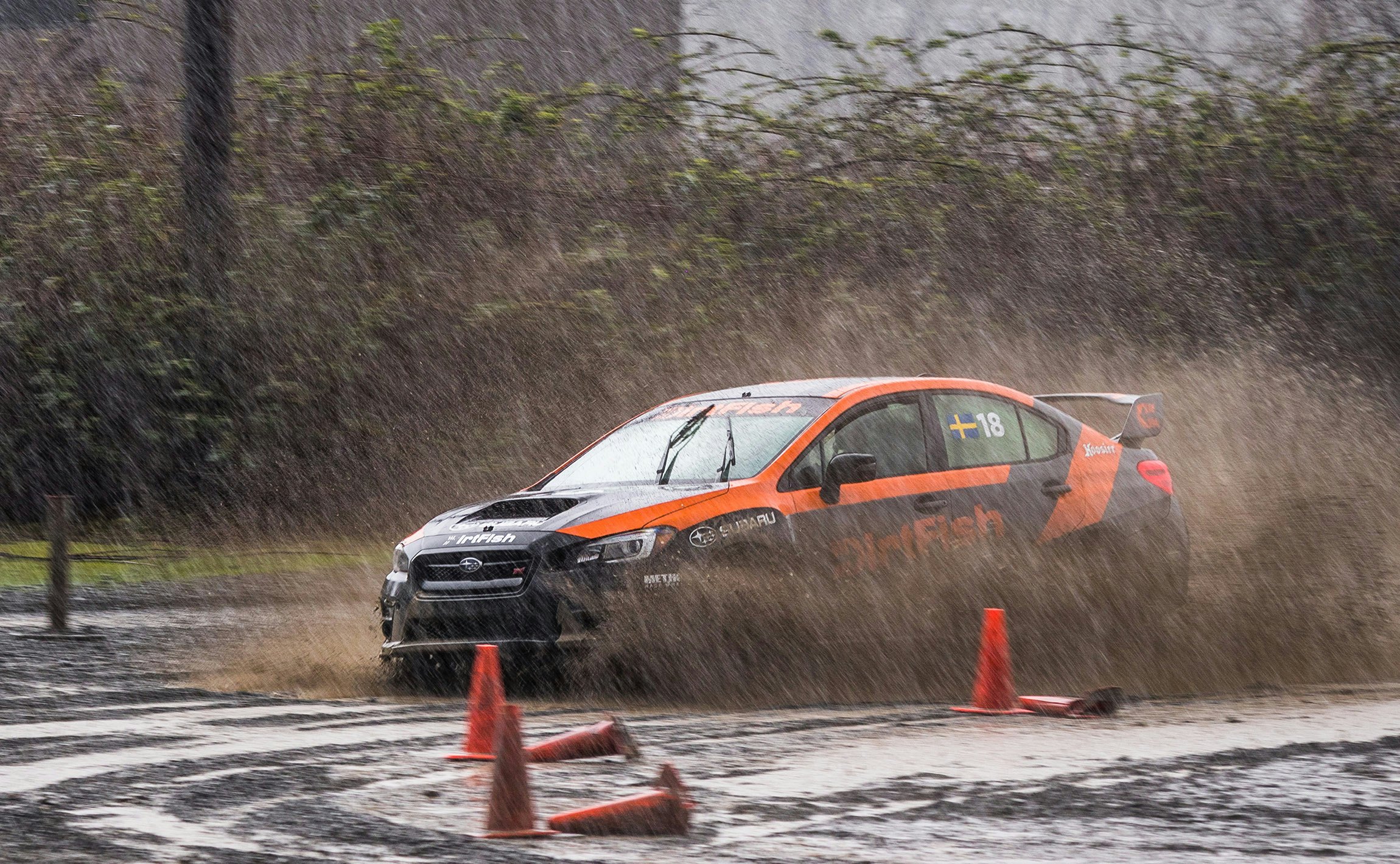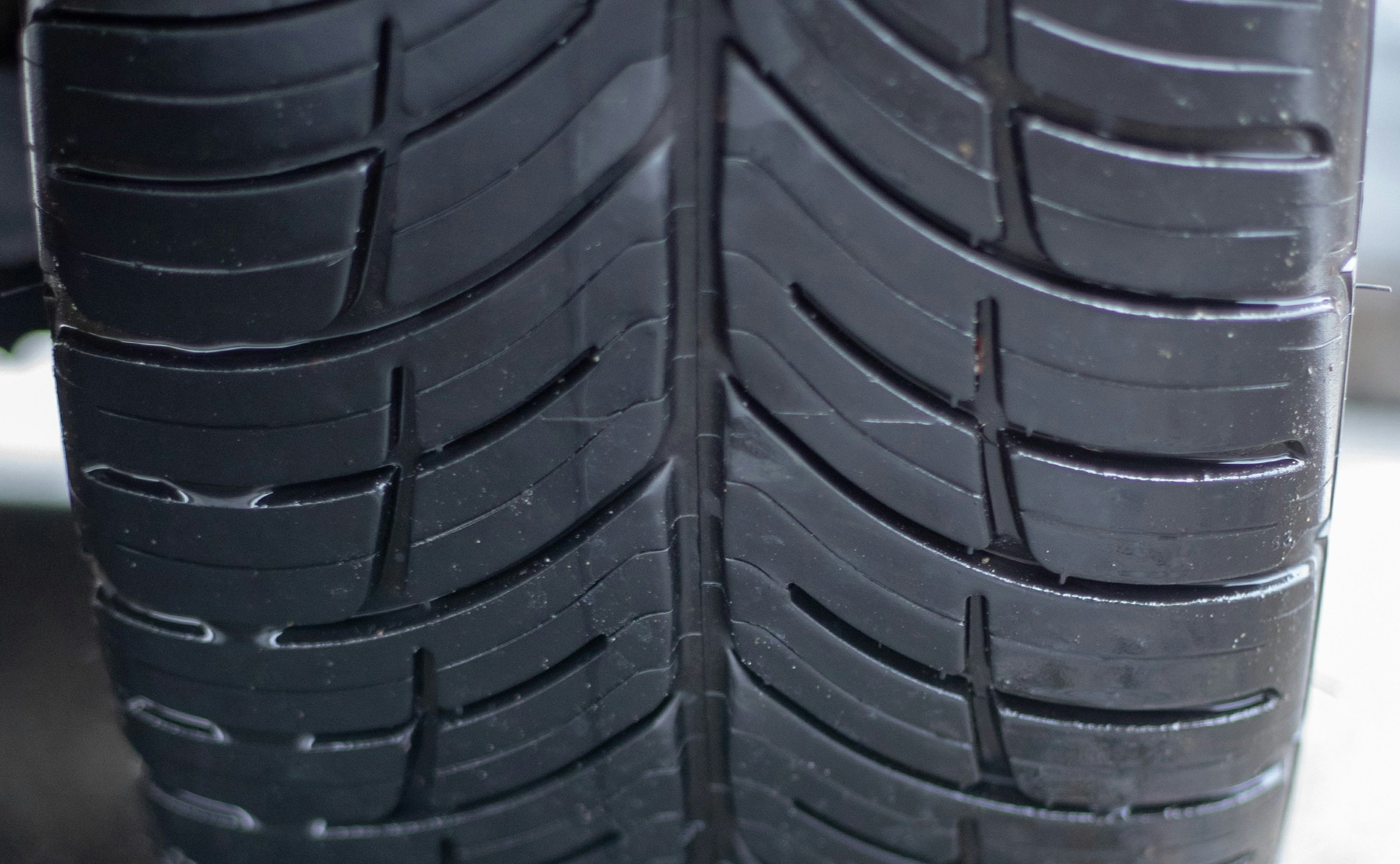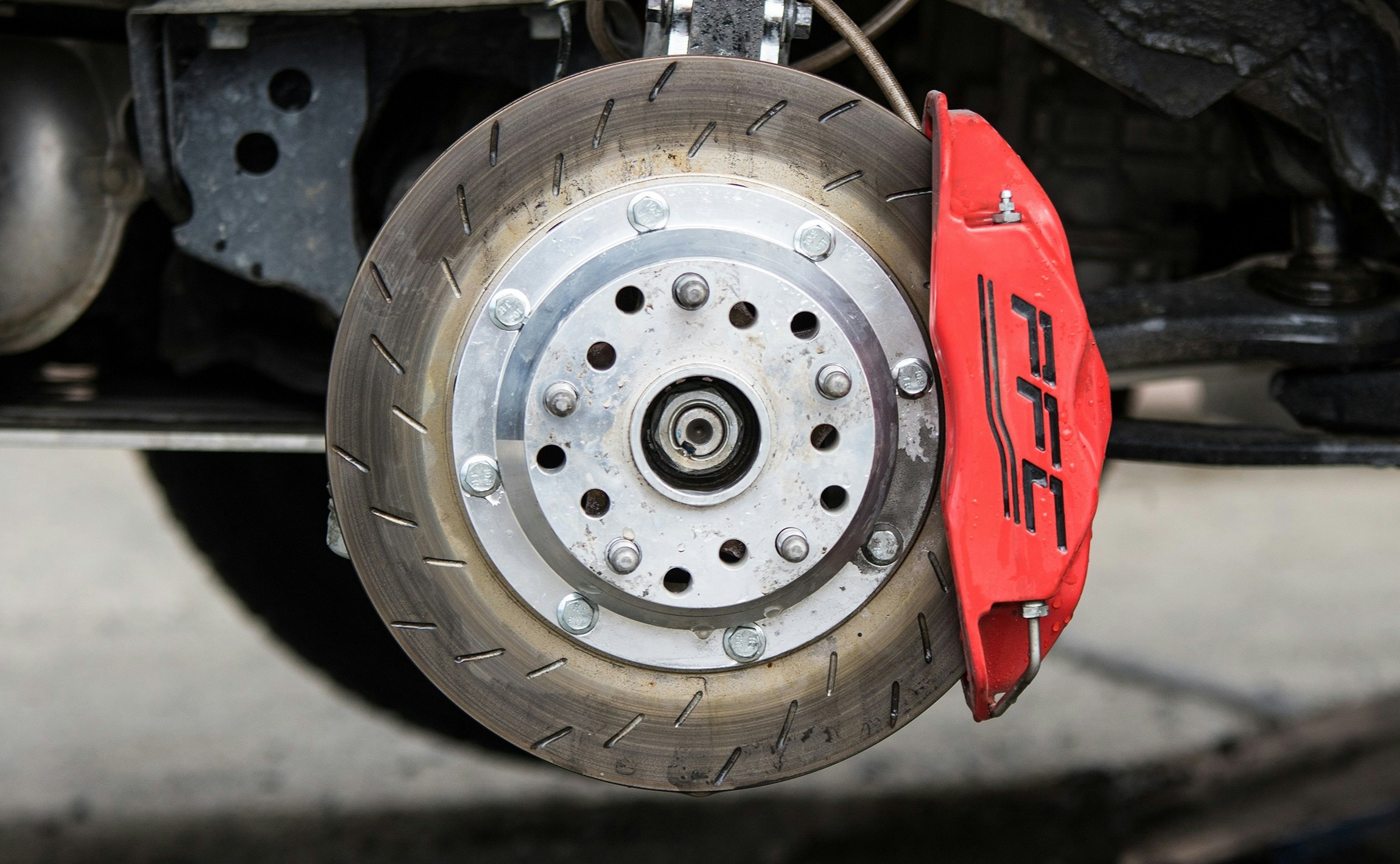DirtFish Senior Instructor, Andrew Caddell is here to provide answers to some of the most common questions regarding driving on wet roads. Do you have a question we didn’t answer? Send it to info@dirtfish.com. We will get it answered for you!
What happens on the road when it rains? Why do we typically see more wrecks?
It depends on how much it rains as to what happens on the road. If there is only a little bit of rain, the road can become slick due to oil and other fluids being lifted from the road surface. If there is a lot of rain, you run the risk of hydroplaning which can cause you to easily lose control (hydroplaning is when a layer of water builds up between the tire and the road, and the tire no longer has traction).
We typically see more wrecks due to a couple of variables: people not changing their braking distances when it begins to rain and get slick, or they don’t slow down enough for the conditions that the rain brings. That combined with the majority of the population not having proper car control education can lead to accidents.

What are the three most important safety tips for people to consider while driving on wet roads?
Slow down!
Drive slower in rainy and wet conditions, because you will have a lot less grip on the road. Slowing down will minimize the chances of your tires losing traction with the road surface.
Check your equipment.
Ensure your car’s equipment is roadworthy. Check your windshield wipers to make sure they are doing their job, if they leave streaks, you should consider replacing them. Your tires are important! Make sure that have enough tread on them.
Always be alert.
Be ready for the inevitable surprises of driving in the rain. This could be water splashing from other cars into your lane, or other cars drifting into your lane because they are hydroplaning. Always look far ahead to give yourself as much time as possible to deal with any situations that come at you, and plan for an exit strategy.
Is there anything you would suggest people to do to set their car up for driving in wet weather?
The number one priority is to make sure you have enough tread depth on your tires to ensure they can evacuate the water out as fast as possible and don’t hydroplane. All-season tires and even winter tires are designed to push water away from the tire to maintain contact with the road. That’s why you see V-shaped and “swooping” tread patterns on most tires; those grooves aren’t there to simply make the tire look cool, they are channels for the water to escape from beneath the tire.
Fun Fact: At full-speed, a Formula 1 rain tire can disperse nearly 22.5 gallons (85 liters) of water every second.

Do you have any tips for different drivetrains?
Different drivetrains will drive the same if you are driving smart and safely. The biggest thing you need to remember is to brake early. Extending your braking distances gives you more time to react and avoid situations ahead of you.
Each drivetrain will wear out tires differently, so make sure you rotate them according to the manufacturer’s suggestions. That will make sure the equipment on your vehicle is as safe as possible.
What skills does DirtFish teach you to better prepare yourself for driving in adverse conditions?
Here at DirtFish, we really focus on car control. We get you to purposely slide a car around to teach you how to regain control and get it back in the direction that you want to go.
The most important skill that we teach that would prepare for driving in adverse conditions would be good vision. Make sure you are always looking ahead and paying attention to anything that could cause your vehicle to lose control. If you get into a situation where you lost control in your car, look where you want to go and DON’T PANIC.
We also teach you how to control the throttle and brakes, which is a very handy skill to have while driving in the rain. Most mistakes can be corrected with proper application of throttle and brakes.
What are antilock brakes, and what do they do? Will it help me on wet roads?
When your tires are completely locked (brakes on hard, tires stopped rolling), you don’t have traction. No traction means no turning and no control to avoid an accident. An Antilock Brake System (ABS) uses a computer to keep the tires from completely locking up, which helps you get the car slowed down more efficiently and still gives you the ability to steer out of a situation. Antilock brakes help drivers because if you hit the brakes too hard the tires lock and the car doesn’t slow down, so your natural instinct is to push on them even harder, which makes the situation worse. ABS controls the pressure to keep the tires from locking up. So antilock brakes can be a huge help to drivers on wet roads, especially in emergency situations.
At DirtFish, we do not use antilock brakes in our school cars because we want students to learn how to deal with locked tires and how to manage slides. We teach threshold braking which trains you to brake hard without locking up the brakes. This is a complicated technique that takes practice, so antilock systems are great for drivers with less experience to get the same results.

If the backend of my car starts sliding on a wet surface, what should I do?
The number one thing is to look where you want to go to find an option out of trouble. Most people get in an accident because they stare at what they could run into versus looking for an alternate route. The next is to countersteer, which means steering in the direction of the skid. If you are in an all-wheel or front-wheel drive car, gently squeezing the throttle will help transfer weight to the back end and keep the slide from getting bigger. In a rear-wheel drive car, stay off the gas as this will make the slide bigger and harder to control. Regardless of drivetrain, in this situation make sure all your inputs are gentle and small to avoid upsetting the car more than it already is.
Keep in mind that all of this assumes that you are in not in danger of running into a fellow motorist or solid object. The above should be considered informational to understand what happens to a car during a slide, and any of these techniques should NOT be practiced on public roads without extensive practice in a controlled environment.
For most drivers in a modern car with properly functioning equipment and good tires, the best advice is to look where you want to go, stay on the brake pedal, and steer where you want to go. This ensures that all of the stability and ABS systems are engaged and able to work as they are designed. For more understanding of how to handle a vehicle at its limits in slippery conditions, take a class at DirtFish!
Hopefully, this helped answer a few questions that you have about driving in wet weather. To learn more about DirtFish driving classes, please click here to visit our Driving Programs page.






